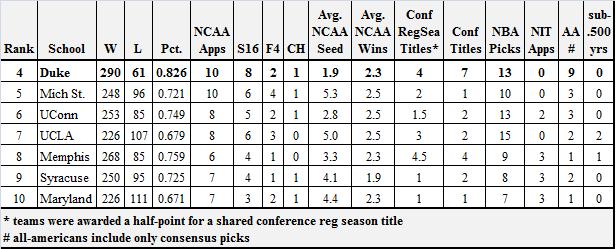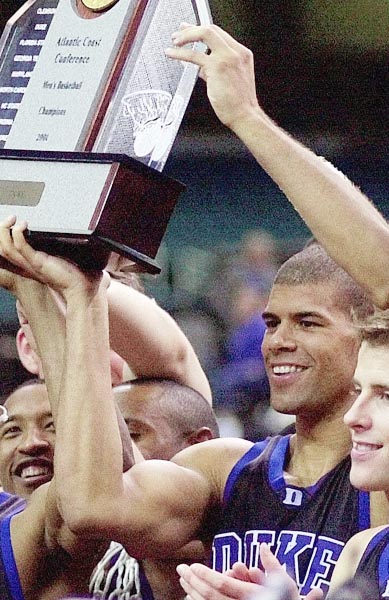Posted by rtmsf on March 17th, 2010
Over the next two days in a series of separate posts, RTC will break down all 32 of the first round games using our best analytical efforts to understand these teams, the matchups and their individual strengths and weaknesses. Our hope is that you’ll let us know in the comments where you agree, disagree or otherwise think we’ve lost our collective minds. Here are the Friday evening games.
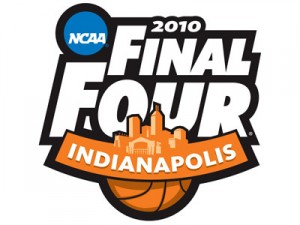
7:10 pm – #8 Gonzaga vs. #9 Florida State (Buffalo pod)
This is a very tough game to call, so let’s start with what we know about it. The Zags, no stranger to cross-country travel, come into Buffalo after an 11-day layoff where St. Mary’s took Mark Few’s team behind the woodshed and beat them handily in the WCC Tournament championship. Florida State comes in having dropped its quarterfinal game against NC State in an effort that had their fans shaking their heads in disgust. So needless to say, both teams are looking for a fresh start here. The Zags are always dangerous, and this year’s squad led by Matt Bouldin and Elias Harris has the offensive firepower to score with just about anyone in America. Merely an ok three-point shooting team, they tend to rely on the drives of Harris and mid-range game of Bouldin to create offense. However, they don’t tend to respond well to teams that crowd and push them around, but unfortunately, FSU is just such a team. The Seminoles enjoy the nation’s top defensive efficiency, and while they have the opposite problem of finding points, they should have no problem putting the clamps down on the Zag scoring options. The question here comes down to whether the FSU defense, anchored by 7’1 Solomon Alabi and 6’9 Chris Singleton’s combined four blocks per game, is better than the Gonzaga offense, and we think that it is. And as up/down as the Seminoles were in the ACC, they never came close to losing to the likes of Loyola Marymount and San Francisco, as Gonzaga did this year.
The Skinny: The Zags this year aren’t quite as good as they usually are, and they’re facing a team that will shut down their biggest strength. FSU wins this one by eight points to get a date with Syracuse.
7:15 pm – #7 Oklahoma State vs. #10 Georgia Tech (Milwaukee pod)
Here’s another one that’s got people confused. For good reason, too. All year long we’ve been waiting on Georgia Tech to do something with all that talent, and now they’re playing better basketball, just in time. Oklahoma State’s showing against Kansas State in the Big 12 Tournament will cost them some support, but we’re going to excuse that performance. That was a tired basketball team, playing their third game in a six day span with K-State at the end of it — and the Wildcats were coming off of a five-day rest. Georgia Tech is going to go inside to Derrick Favors and Gani Lawal like crazy, but when the Yellow Jackets actually shoot the three, they shoot it well. Defending the three is a glaring OSU weakness, so it will be interesting to see how often Georgia Tech eschews their big men in favor of launching it from the arc, because those shots will be there. So…good outside shooting, great inside players…sounds pretty good for Tech, right? The question will be whether or not they can get to that point in their offense. Georgia Tech ranks in the bottom twenty of Division I teams in terms of turning the ball over. Can the Jackets, then, find a way to keep James Anderson from shredding them or Keiton Page from raining threes?
The Skinny: Oklahoma State won’t have to exert too much energy guarding the three, since Tech’s propensity to turn the ball over will take care of some of that. The Cowboys have been getting more and more help from their role players, and we feel 9-7 in the Big 12 is better than 7-9 in the ACC this year. It’ll be a great first round game, but we like Oklahoma State in a close one.
Read the rest of this entry »
| 2010 Tourney Preview, bracket prep
| Tagged: arinze onuaku, arkansas-pine bluff, aubrey coleman, california, chris singleton, derrick favors, duke, elias harris, florida st, gani lawal, georgia tech, gonzaga, greivis vasquez, houston, jamal boykin, james anderson, james nunnally, jason williams, jerome randle, jj redick, jon scheyer, jordan williams, keiton page, kelvin lewis, kyle singler, landon milbourne, louisville, marqus blakely, maryland, matt bouldin, maurice joseph, michigan st, mike lonergan, ncaa tournament, new mexico st, nolan smith, ohio st, oklahoma st, orlando johnson, patrick christopher, rick pitino, samardo samuels, shelden williams, solomon alabi, syracuse, theo robertson, tom izzo, uc-santa barbara, vermont, wesley johnson
Share this story
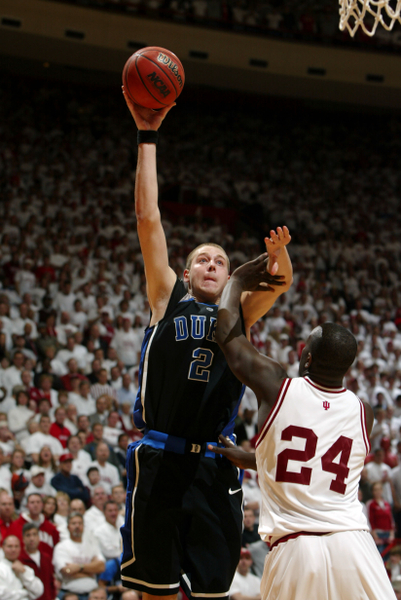





























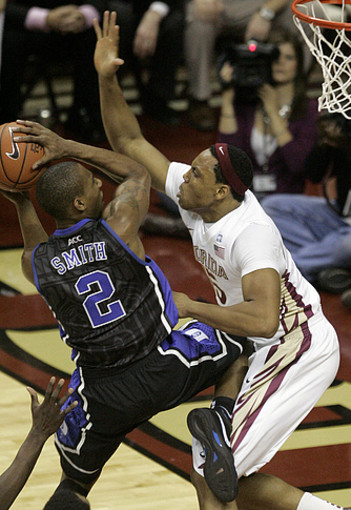

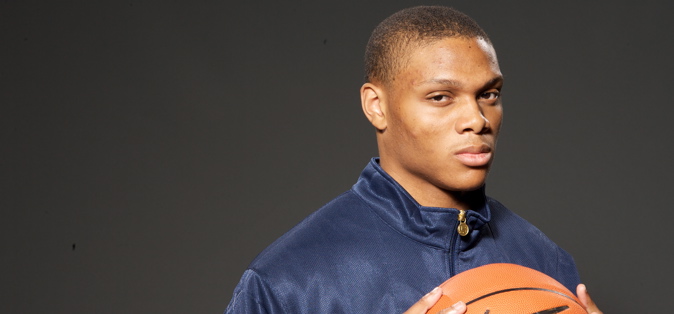


![465081206020_Duke_at_Michigan[1]](http://rushthecourt.net/wp-content/uploads/2009/08/465081206020_Duke_at_Michigan1.jpg)

